Ebook Advantages and Disadvantages
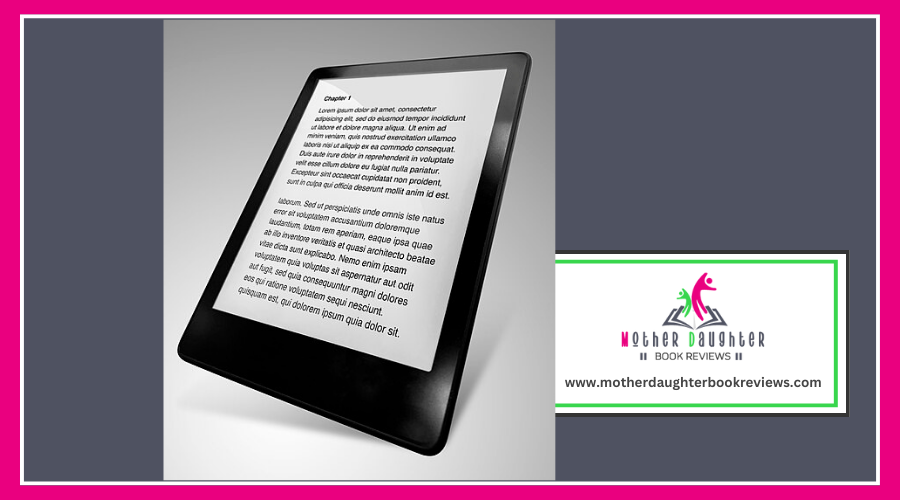
Ebooks offer numerous advantages - they're eco-friendly by reducing paper waste, provide instant access to a vast library of content, and allow a customizable reading experience. You can save money with lower ebook prices and build a digital library without physical clutter.
However, ebooks amay cause eye strain and lack the tactile feel of physical books. While ebooks have downsides, the enticing benefits they provide make them an appealing choice. If you'd like to learn more about the trade-offs, I'd be happy to explore more details.
Eco-Friendly Reading Solution

Timo Noko from Helsinki, Finland, Electronic Book - Flickr - timonoko, CC BY-SA 2.0
As an eco-conscious reader, you'll be delighted knowing that ebooks offer a vastly more sustainable solution than traditional physical books. By eliminating the need for paper, ebooks substantially reduce deforestation and waste.
The digital distribution of ebooks also helps reduce greenhouse gas emissions from transportation, making the reading experience more eco-friendly. Ebooks also prevent the issue of unsold physical books ending up in landfills. With the ability to update content digitally, ebooks further reduce the environmental impact of the publishing industry.
Ebooks provide a greener, more efficient, and more sustainable reading experience than paper books. Their instant downloadability eliminates the environmental costs associated with the physical storage and shipping of printed materials.
Immediate Access to Information
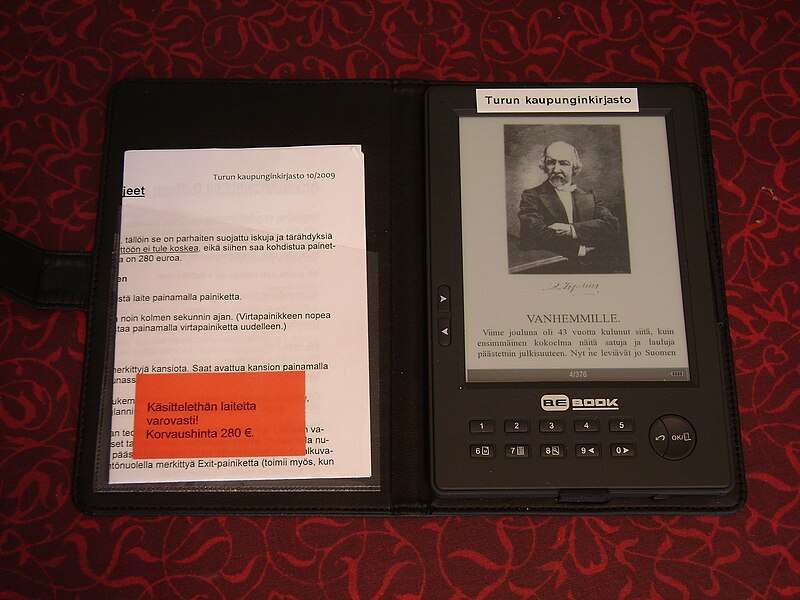
Zache, Bebook -ebook reader owned by Turku city library, CC BY-SA 3.0
Besides the eco-friendly benefits, ebooks provide an unparalleled and immediate access to information. With the tap of a finger, you can download and start reading digital books on your electronic devices.
Ebook platforms enable instant access to a vast content library, allowing you to satisfy your reading needs anytime, anywhere. You no longer have to wait for physical book deliveries or trek to a bookstore or library.
Ebooks’ immediate availability enhances your reading experience by providing the information you crave right at your fingertips, offering a level of convenience and gratification that traditional books cannot match. These digital formats typically cost 50-60% less money than their printed counterparts, making knowledge more accessible to readers on a budget.
Compact and Lightweight Design
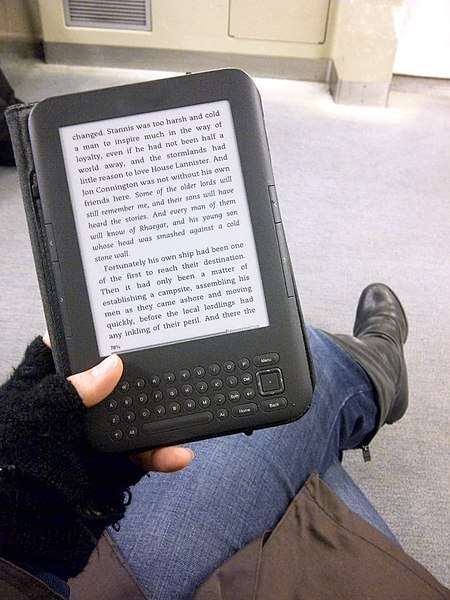
One of ebooks’ most persuasive advantages is their compact and lightweight design. You can carry thousands of electronic books on a single portable device, eliminating the physical need to transport heavy volumes.
The compact design makes ebooks easy to hold and read for extended periods, and the lightweight nature allows you to enjoy content on the go without straining to carry bulky physical books.
Ebooks' compact and portable design provides unparalleled convenience and mobility in contrast to traditional printed books. This factor is a significant pro that ebooks have over physical books - you don't need to carry a heavy load of reading material as ebooks do.
Unlike traditional children's board books that require physical storage space, digital versions can be easily stored and accessed on a single device for bedtime reading.
Cost Savings for Readers

Design Continuum, Laptop-ebook, CC BY 2.5
Beyond the convenience of their compact and portable design, ebooks offer substantial cost savings for readers. With prices often 30%-50% lower than print books, ebooks are less expensive upfront. Eliminating physical distribution costs means you're less likely to pay a premium for digital copies.
Ebook subscription services like Kindle Unlimited provide access to a vast library at a flat monthly fee, making reading more affordable. And with frequent free and discounted ebook promotions, you can access content at little to no cost. For frequent readers, the long-term savings from building a digital library on your devices can be a significant advantage of ebooks.
Customizable Reading Experience
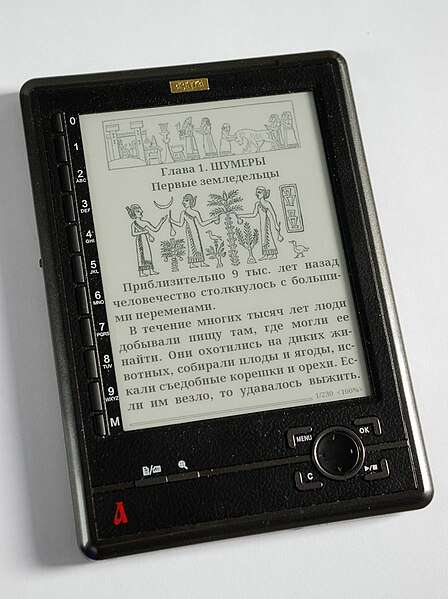
While traditional print books offer a familiar and tangible reading experience, ebooks provide a highly customizable approach that caters to your unique preferences. You can effortlessly adjust the font size, brightness, and background color to suit your eyes and create a more comfortable reading environment. Ebooks also allow you to bookmark pages, highlight text, and take notes, enhancing overall engagement with the material.
The integrated dictionaries and translation tools also give instant access to definitions and language assistance, making it easier to comprehend the content. Ebooks' ability to seamlessly sync your reading progress across devices further adds to the customizable nature of your book reading experience.
Accessibility and Inclusivity Features
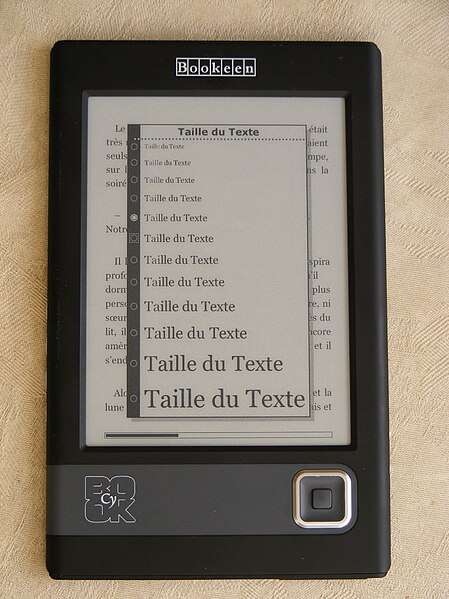
Jjcasalo, Cybook Gen3 07, CC BY 3.0
Ebooks excel at enhancing accessibility and inclusivity for readers. Their customizable features, such as font size and contrast, can reduce eye strain and cause eye fatigue.
Unlike traditional print books, ebooks on platforms like Amazon Kindle can incorporate assistive technologies like text-to-speech, making content accessible to those with visual impairments. Audio and video elements in ebooks often cater to diverse learning preferences, ensuring inclusive access.
Ebooks’ traditional format allows the representation of marginalized voices, expanding the range of published works. Ebooks improve access to content, promoting a more inclusive reading experience by providing instant delivery to remote areas.
Screen Fatigue and Eye Strain
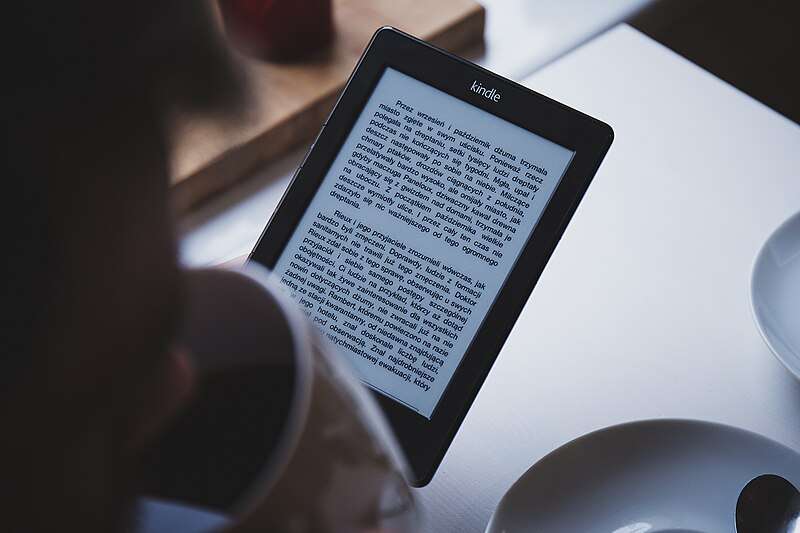
Despite ebooks' many advantages, prolonged use of digital devices can lead to screen fatigue and eye strain. The constant glare and flickering of screens on ebooks, tablets, and smartphones make it challenging to focus and retain information, unlike print books' more natural reading experience.
The blue light emitted by these devices can also disrupt sleep patterns and circadian rhythms. Poor ergonomics from holding digital devices can also contribute to musculoskeletal problems, a disadvantage ebooks cannot overcome.
While ebooks offer convenience and accessibility, the eye strain and disruption to sleep caused by screen use are apparent drawbacks in contrast to the reading experience of physical books.
Lack of Tactile Experience
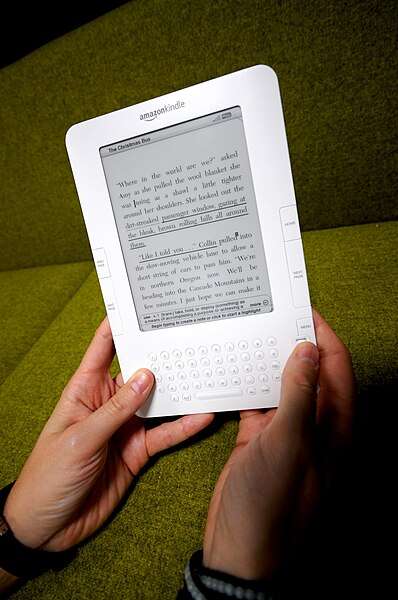
Nikeush, Amazon Kindle 2009, CC BY-SA 4.0
Besides the eye strain and disruption to sleep caused by prolonged screen use, the lack of a tactile experience is another significant drawback of ebooks. You can't enjoy the sensation of physically turning pages, typically found in traditional print books. This factor diminishes your engagement and sense of progress as you read.
Moreover, the absence of a physical book means you can't conveniently flip back and forth or reference page numbers. The personal connection and sentimental value of building a book collection are also lost in the digital format.
Overall, the tactile qualities of print books contribute to the reading experience in ways ebooks have yet to replicate entirely.
Potential Health Implications

Per Palmkvist Knudsen, Woman reading a book on an eReader, CC BY-SA 3.0
While ebooks offer unparalleled convenience and accessibility, they also come with potential health implications that readers should be mindful of. Unlike traditional books, reading on digital devices can strain the eyes, disrupt sleep patterns, and contribute to musculoskeletal problems. Specifically:
- The blue light emission and screen glare can cause eye strain, headaches, and dry eyes.
- Suppressed melatonin production from artificial light exposure can lead to sleep disorders.
- Poor ergonomics from holding devices can result in hand, neck, and back pain.
- Disrupted circadian rhythms from pre-bedtime use can negatively impact sleep quality.
- The lack of physical page-turning and tactile feedback may reduce the immersive reading experience in contrast to printed books.

